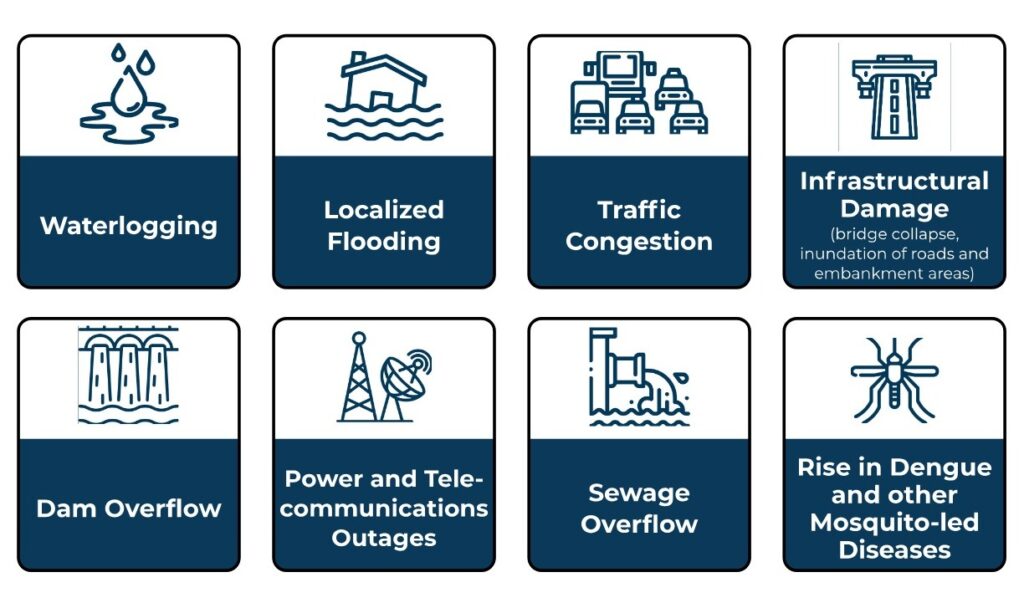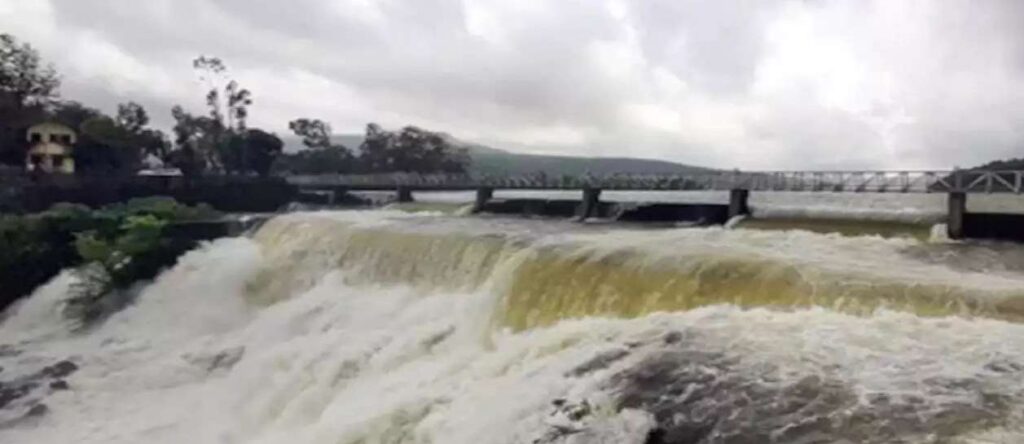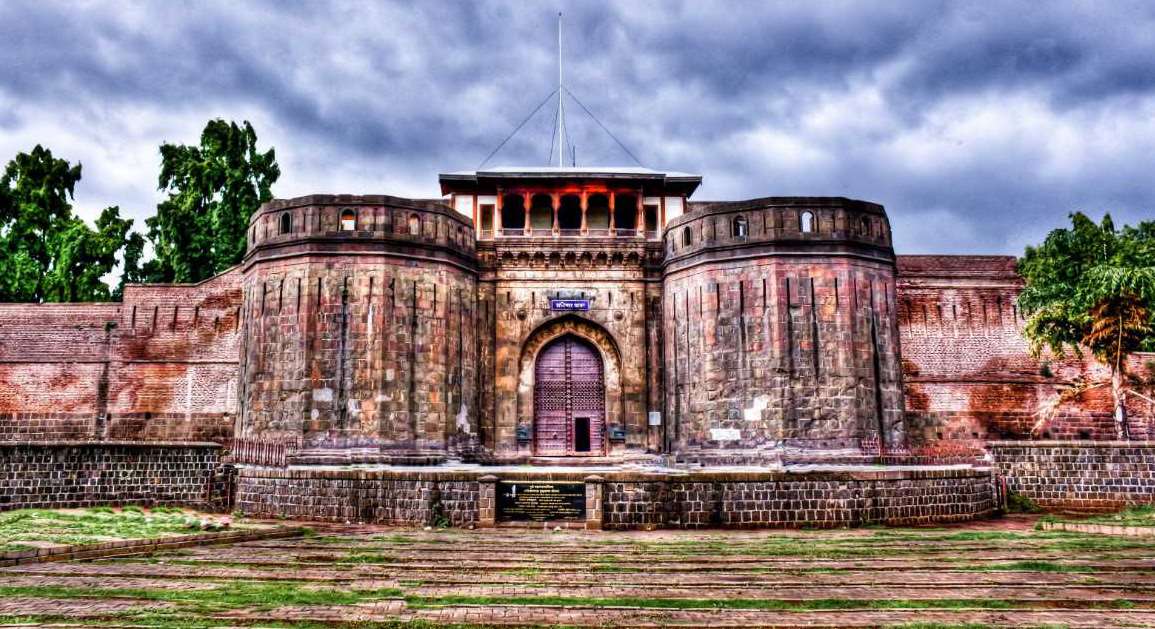
The monsoon season in Pune typically ranges between June-September and receives an average of 722 mm (28.43 in) rainfall. The Western Ghats are a major source of rainfall for the city. Additionally, the city is located in a bowl-shaped valley which blocks the flow of water and leads to flooding. Over discharge of water from Khadakwasla and Pawna dams and the presence of Mula, Mutha, and avna rivers also makes Pune susceptible to localized flooding and waterlogging during periods of heavy rainfall.
The city’s drainage system cannot cope with the heavy rainfall, leading to waterlogging in low-lying areas. Subsequently, traffic management becomes the most prominent challenge and often employee commute and supply chains suffer disruptions during this period.
Low-Lying Areas Prone to Waterlogging in Pune
Natural Disasters – Recently Recorded
In October 2022, around 20 incidents of flooding and severe waterlogging from across the city prompted authorities to activate rescue operations. Further, between 25-28 September 2019, Pune and its division received a heavy amount of rainfall which caused flash flooding. Besides, damage to life and property, the collapse of a compound led to 21 deaths.
Common Disruptions


Precautions by the Government:
The Pune Municipal Corporation (PMC) has taken several initiatives and measures to avoid major disruptions during the monsoon season including improving drainage systems in low-lying areas, raising roads and filling potholes using asphalt technology at the Shivaji Maharaj bridge near the PMC building.
The PMC also regularly creates awareness among citizens using social media channels. Further, recently, the civic authorities have proposed the use of jetting and other machines round-the-clock.
Additionally, the PMC is carrying out desilting of Jambulwadi, Pashan, and Katraj lakes as a precaution against overflowing and subsequent localized flooding near the waterbodies.
Reccomendations
For Organizations
- Advised to undertake flexible working arrangement and allow remote work on days with inclement weather conditions.
- Conduct regular servicing and audits of equipment, machinery, and facilities to ensure they are in optimal condition to withstand any damage that may occur due to thunderstorms or lightning strikes.
- Advised to inspect and reinforce the infrastructure of your business premises to withstand heavy rainfall and winds.
- Prepare for adequate power backups to minimise the impact of power outages.

For Individuals
- Advised to consider extra travel time as even low intensity rainfall may lead to severe congestion and consequent delays.
- Be cautious during thunderstorms: Seek shelter indoors during thunderstorms and remain vigilant of regular alerts and updates.
- Stay away from tall structures, trees, and open areas.
- Be cautious of frayed wires, electrical lines, and tree limbs.
- Unplug electronic devices to prevent damage from power surges during electrical storms.
- Use mosquito repellents and wear protective clothing.
- Taxi (online and offline) and delivery services tend to charge surge fees during rainfall. Advised to take the same into account and plan accordingly.
- Avoid consumption of unfiltered water or street food.
- MitKat advises to keep a fresh set of clothes in the office, have alternate routes mapped and carry electronic gadgets and important documents in waterproof bags.
- In case driving in low-lying areas, avoid hard accelerations and brakes; maintain a steady momentum and do not restart engine while the vehicle is stalled in water. For further safe driving guidelines, refer to MitKat’s Special Advisory on Safety Measures for Vehicles During Heavy Rainfall.
Emergency Contacts and Source Links –
- Traffic Updates – @PuneCityTraffic
- Power Supply – Maharashtra State Electricity Distribution Co. Ltd (@MSED-CL) / Twitter
- MSEDCL headquarters – 1800-212-3435 (toll free)
- Pune Municipal Corporation (PMC) – PMC Care (@PMCPune) / Twitter




